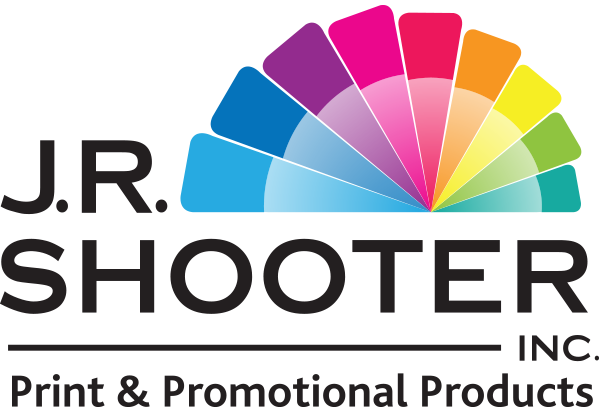There are several different aspects of paper that you need to consider when picking the best paper for your job. Weight, texture, coating and brightness are the important items to keep in mind. Luckily, you do not need to know these things in advance of ordering, and someone like us, should be able to show you samples and explain the differences to you, so you understand what you are picking.
Coated Paper VS. Uncoated Paper
People can often confuse paper coatings and paper finishings. However the two are very different. Paper coatings can be best explained as the treatment of paper prior the process of printing, while a paper finishing is applied during or after the print process. Coated and uncoated stocks can both be used for different types of products.
Coated stocks have a pigment applied to the surface which can reduce the papers ability to absorb and helps to improve paper brightness. Using a coated stock can often allow for sharper images and a smoother texture. Papers and stocks come in various options, they are able to be coated on one side (C1S) or coated on two sides (C2S). This allows you to play with your print material for the best possible look! Coated stocks are suitable for colourful, image-heavy designs on various products such as brochures and presentation folders.
Uncoated stocks do not have any pigment or compound added to it. The fibres on this type of paper is more visible than on coated stocks which allow for the paper to have a more natural and smooth texture. Uncoated stocks are usually more absorbent; although it is not ideal for printing images, the papers texture allows for an excellent writing material. Some options for printing on uncoated stocks are: notepads, letterhead and envelopes to name a few.
Paper Weight
Understanding paper weights is one of the more complicated aspects to printing. The thickness and weight of paper can be measured with several different units of measurement. Grams per square meter (gsm), pounds (lbs) and points (pt) are the three most common terms when talking about paper weights. Most of our paper is measured in pounds and points.
Pounds (lbs), is measured by the weight of the paper in its original size typically 28 x 40, in a ream of 500 sheets. Card stock, for example, can weigh up to 140 lbs.
Points (pt) is talking directly to the thickness of a single sheet of paper, and we use a caliper to measure it. Since individual sheets of paper are thin, one point actually represents 1/1000th of an inch. The higher the point number, the thicker the stock is. Postcards, for example, tend to be between 12 to 16 pts.
Cover Paper VS. Text Paper
Cover paper is a thicker stock and can be used for anything from presentation folders, to the covers of booklets. This stock is considered to be more durable, therefore it can help to protect pages that are bound between it. Text paper, is a thinner lighter stock, similar to standard printer paper. It is a more flexible stock and is suitable for the inner pages of booklets and letterhead. Booklets and calendars, are just two examples that consist of bound text paper bookended by cover paper.
Specialty Paper Stock Types
Linen paper has a pattern that looks as if it were a linen fabric. A linen texture is elegant and unique. For clients with sophisticated brands, I would recommend using linen paper to print: business cards, brochures, menus & bookmarks
A lot of the environmental stocks we use are certified by the Forest Stewardship Council (FSC). Made from 100% recycled paper, our enviro stock is created from responsibly-managed forests that adhere to strict environmental standards. Since the stock has a likeness to other offset papers, you can be environmentally-friendly with the same great print results.
From coated papers to linen papers, the many qualities of stocks can be confusing. The next time you need to know what stock best suites your needs do not hesitate to call us for paper samples!
What does your logo look like on different types of stocks? Does your colour change? Share images in our comments!

